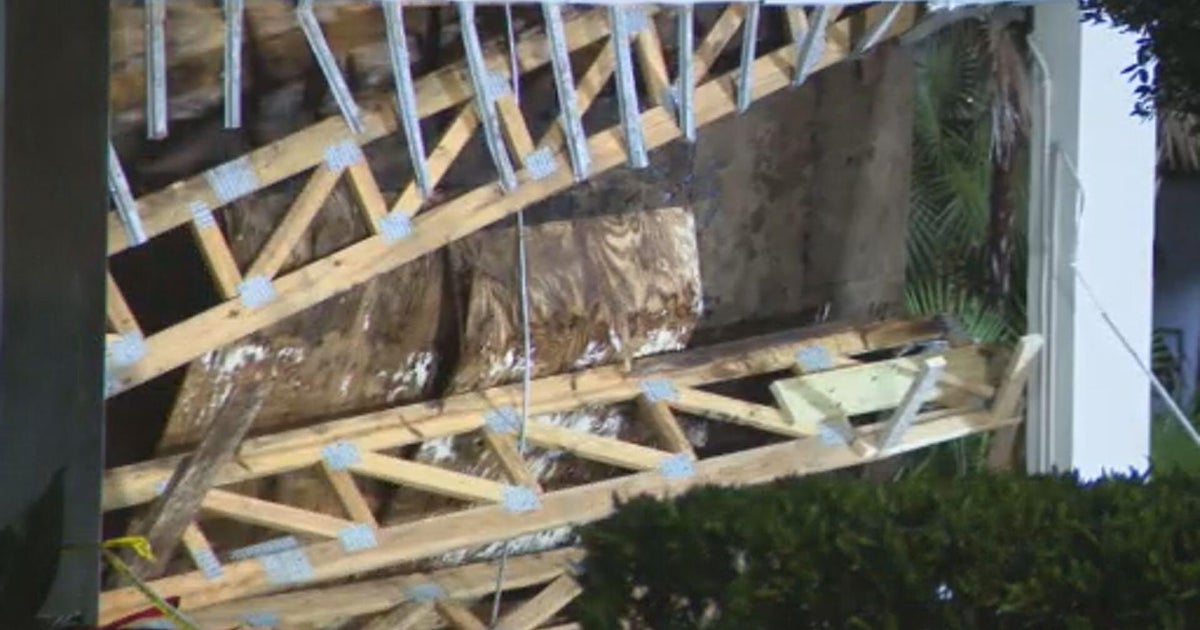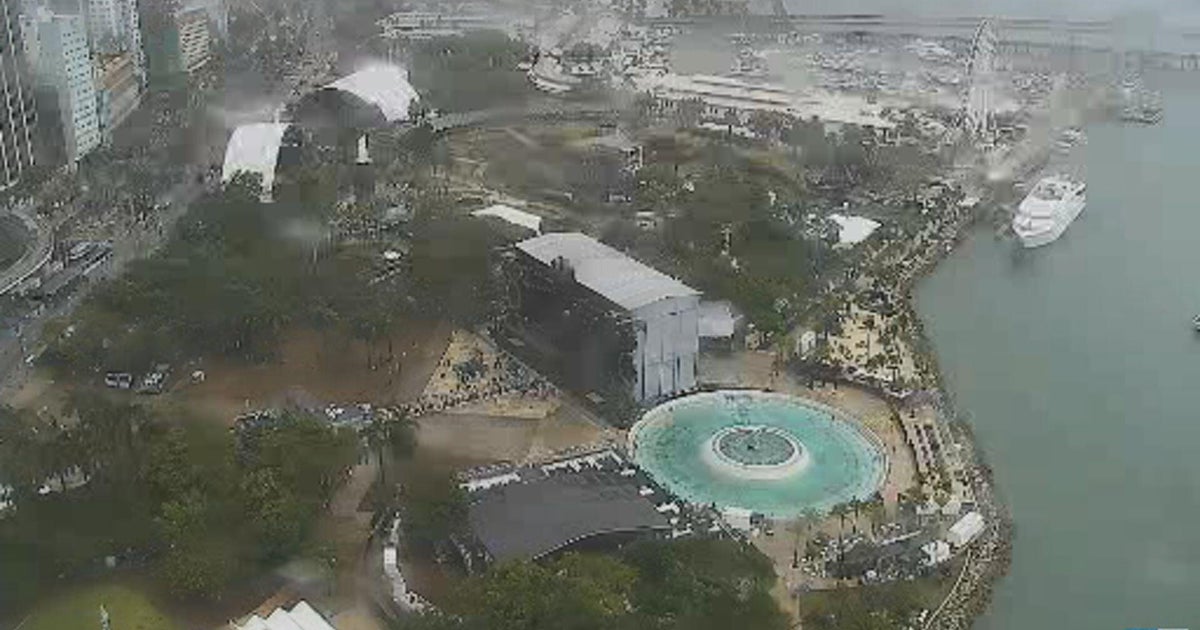'Once A Failure Occurs, Gravity Takes Over And Increases Load': Engineer Paul Danforth Gives Insight Into The Condo Collapse In Surfside
MIAMI (CBSMiami)- The partial collapse of the Chaplain Towers South condo building in Surfside early Thursday morning has left plenty of questions as to what caused the collapse that has left at least one person dead and 51 occupants unaccounted for. The building was erected prior to Hurricane Andrew and seemed to have no structural failure from that storm, so the process of finding out what went wrong could take awhile.
"Obviously, something happened, the building has been there for 40 years, it's been through Hurricane Andrew without any major structural failure. Something happened here and it's going to take a lot of forensic investigation to identify what caused it," Paul Danforth, Senior Engineer and Vice President of Corporate at Universal Engineering told CBS 4 this morning.
Danforth explained that there is always consideration when designing a building given to potential safeguards against a failure like the one seen at Chaplain Towers. But, once a failure happens, gravity is in control.
"The failure in this case could have happened on the ground level, it could have happened on the roof level. Once a failure occurs, and gravity takes over, it just continues to increase load as the failure continues to evolve," Danforth said.
Built in 1981, the Chaplain Towers South building would have been up for a recertification this year as part of Miami-Dade County ordinances Danforth said. That process includes a visual inspection of the building as well as a recertification of the electrical wiring.
"Down in Miami-Dade County since the 1970s they have required a 40-year recertification inspection program. So any building that is 40 years or older must be re-certified from a structural standpoint and an electrical standpoint. From the structural standpoint, it's primarily just a visual inspection," Danforth said. "But if there are indications of distress in the building like distortion or cracks or corrosion, then further investigation is typically necessary in order to re-certify that the building is structurally sound."
One of the potential primary concerns for an older building such as this is in potential corrosion that could occur from chlorides from salt water getting into the concrete of exposed surfaces. In the construction process today, Danforth noted that chemicals are used on those exposed surfaces like balconies aiming to prevent the chlorides from getting into the concrete and then working their way into the reinforcing steel of the building. But, in the 1980s, Danforth said, the same chemicals weren't available in construction.
"Nowadays, they'll put elements into the concrete, they'll put coating systems on and then they'll also make sure that they put the reinforcing steel the right distance from the face of the concrete so that it has more distance for those chloride ions to travel before it can even get to the reinforcing steel," Danforth said. "Back in the 1980s, there probably wasn't as much attention to that. Certainly no chemicals back in that time period to help protect the reinforcing steel from corrosion and these type of environments."
The cause of the collapse is unclear at this point, but some who spoke to CBS4 had questions about the potential factor that construction on adjacent buildings or on the roof may have had on the situation. Danforth said that it is unlikely any re-roofing or roofing repairs would have caused damage but construction on adjacent buildings could, if the building wasn't being monitored for potential effects.
"An type of re-roofing or roofing repairs I don't think would have been any contribution to what we see here. As far as construction of adjacent buildings, normally adjacent buildings are monitored during construction for any effects. Whether or not that was done in this case, I don't know. But, especially newer buildings when they're under construction, we do what they call a pre-construction survey of adjacent buildings," Danforth said.



